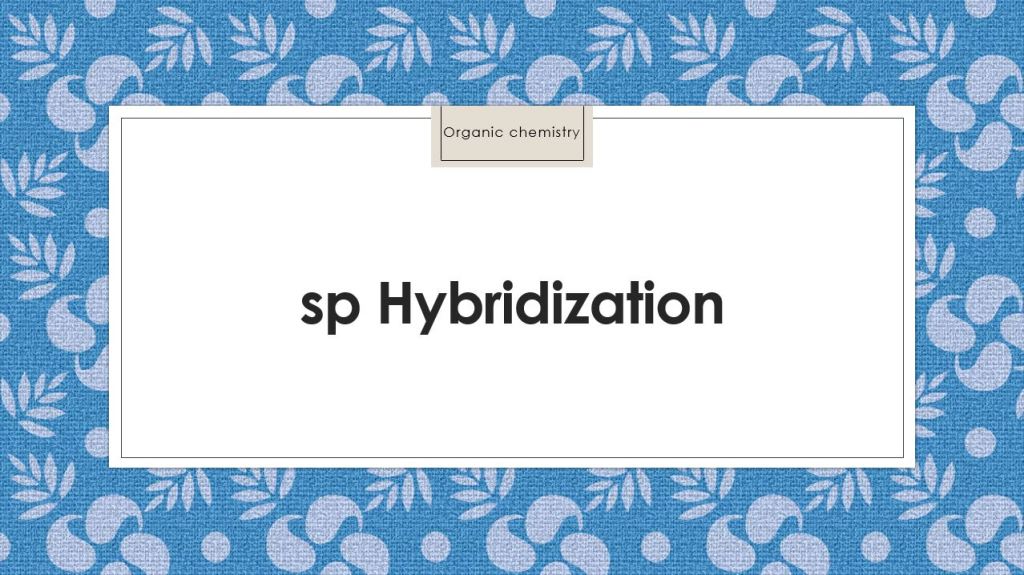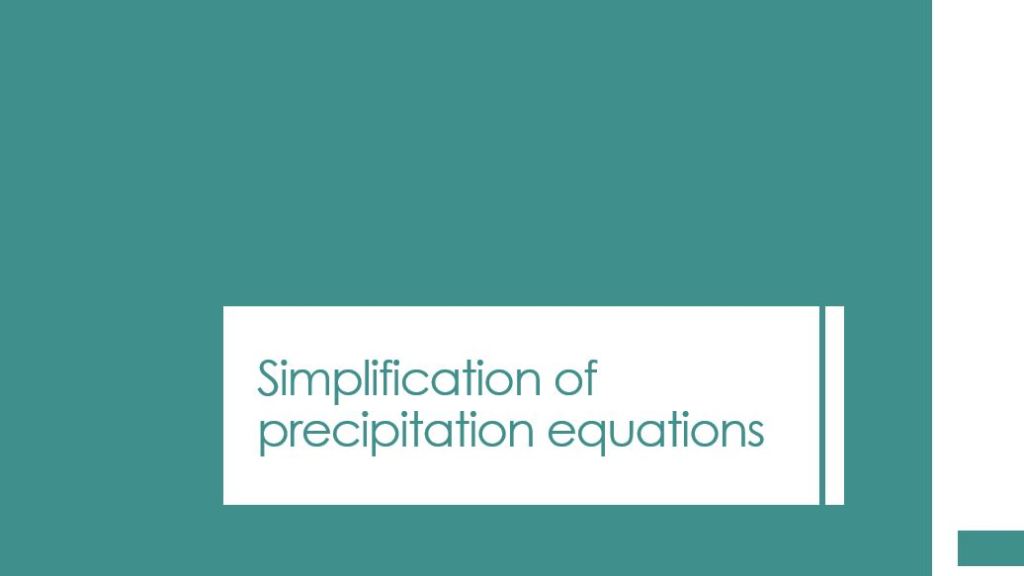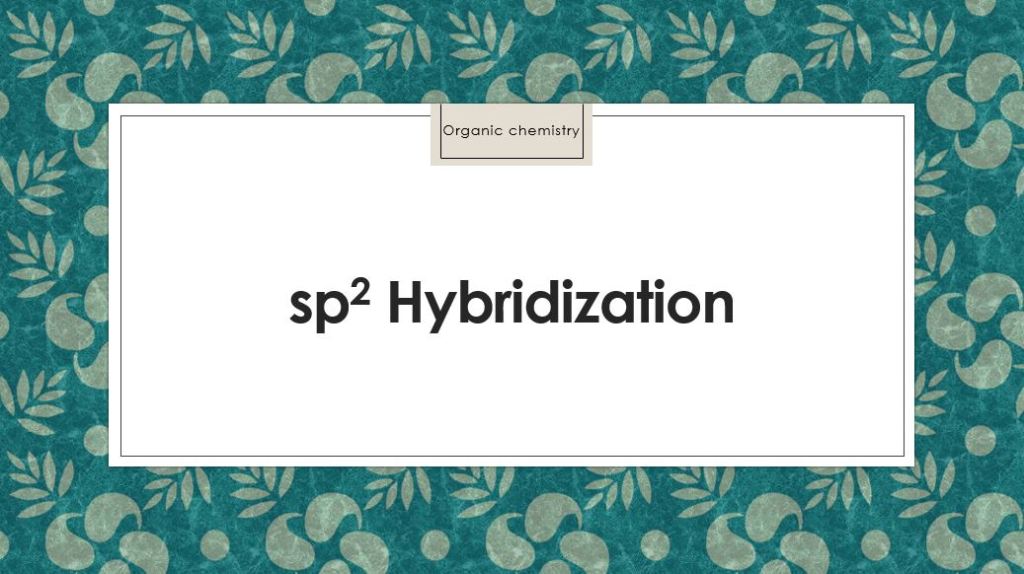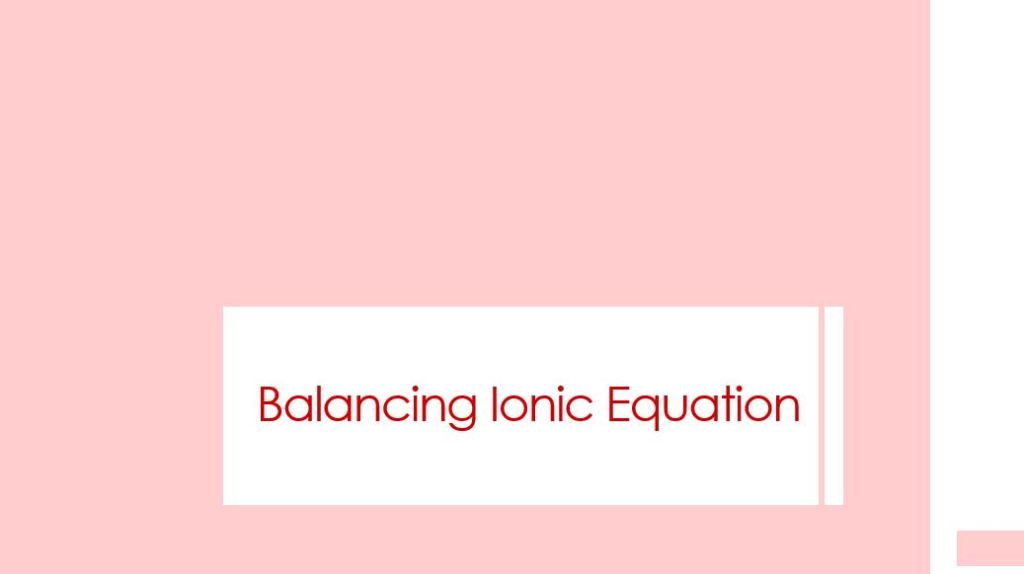Research Proposal Samples
Today’s lecture where we will explore the fascinating world of research proposals. Whether you’re just starting out on your academic journey or already well-versed in scholarly pursuits, understanding the key elements of a research proposal is crucial for effectively presenting your ideas.
In this session, we will closely examine various research proposal samples, providing you with practical insights and guidance on how to create your own impactful proposal. By addressing you directly, we will explore the essential components that make a strong research proposal, empowering you to navigate the intricate landscape of academic research with confidence.
Throughout the lecture, we will emphasize the importance of putting yourself in the shoes of both the proposal writer and the reviewer. By doing so, you will gain a comprehensive understanding of what makes a research proposal outstanding. This will enable you to effectively communicate the significance of your research project and garner the necessary support for its execution.
So, whether you’re just starting out, seeking to refine your proposal-writing skills, or aiming to enhance your existing expertise, this lecture will provide you with real-world examples, practical tips, and best practices to elevate your research proposal.
Remember, a well-crafted research proposal not only showcases your knowledge and enthusiasm but also serves as a roadmap for your entire research journey. It allows you to outline the objectives, methodology, expected outcomes, and potential impact of your study, setting the stage for success.
By the end of this lecture, you will not only have a deeper understanding of research proposals but also possess the necessary tools to develop your own compelling proposal. So, without further delay, let’s embark on this enlightening journey into the world of research proposals and unlock the potential of your future academic pursuits.
Here is an example of a university template. On the first page, you will notice that it only requires you to fill in your personal information. The second page consists of a content table. It’s important to keep in mind that every proposal follows specific font guidelines. In this case, the recommended font size is 12. Most proposals are limited to around 15 pages, although some institutions may require even fewer pages.
To start your proposal, it is essential to address the background of your research. Answer key questions such as why this research is needed and how your results will contribute to filling the existing gap in the topic. Additionally, it is crucial to mention any previous work that has been done on the same research.
Moving on to the objectives section, ensure that each objective is clearly defined under a specific title. Following that, in the scope section, outline the tasks involved in your research. Some institutions may also require you to mention the duration for each task.
Now, let’s move to the methodology and approaches for your research sections. This section requires addressing specific questions, such as:
- Are there any constraints or limitations to consider?
- What technical challenges and uncertainties might arise?
- What are the different approaches that can be taken to tackle the problem?
- Which approach do you prefer, and why?
An important aspect to highlight in your proposal is the availability of facilities necessary for conducting your research. It’s crucial to convey to the institution that they possess the required resources to support your project.
Don’t overlook the budget section if you have funding or require funds for your research. You need to address the following points:
- What is the total budget required for the project?
- Have the funds already been secured?
- If not, where will the funding come from?
- How might delays in acquiring funding impact the timeline of the project?
- Will it have any implications on the progress of the thesis work?
- Are there any alternative solutions to address the funding issue?
By thoroughly addressing these aspects in your proposal, you can demonstrate a comprehensive understanding of the methodology, resource requirements, and financial considerations of your research.
Moving on, let’s discuss the institutional requirements. Some institutions may ask you to provide a schedule of deliverable outcomes for your research. It is crucial to be objective and realistic in this aspect. Avoid overpromising and ensure that you can deliver what you commit to. Failure to meet the stated deliverables could result in the discontinuation or termination of funds or scholarships.
Lastly, it is important to include proper referencing for the works you have used in your proposal. This ensures academic integrity and acknowledges the sources of your information.
Now, let’s examine an example of a student’s proposal for a clinical research project. This particular proposal serves as an excellent example that can be included in our course material. The student begins by stating the reasons and goals of their proposal upfront. They then utilize a set of points to describe the research and subsequently address the problem after outlining the goals.
In the proposal, the student uses headings to highlight the stated hypothesis, tasks, and scope of the research. They also mention the techniques that will be employed, clearly indicating their unfamiliarity with those techniques. It is important to note that this implies a need for time and resources to acquire the necessary skills and training.
The student emphasizes the significance of mentioning the supervisor and collaborators in the proposal, along with providing the status of the project. Instead of a specific section for funds, the student chose to include this information within the context of the project’s status. You can name this section as you see fit but ensure it is incorporated into your proposal.
Remember, this type of proposal will be read by both non-professional and professional audiences. Therefore, it is crucial to communicate in clear, simple language, avoiding excessive technical terms. Overusing technical jargon may give the impression that you have simply copied a textbook, while setting unrealistic goals can raise doubts about the feasibility of your research.
Read more articles:
Writing in Science and Research
Free Open Course
To schedule a workshop or arrange for training, kindly reach out to Dr. Seoudi.






Leave a comment